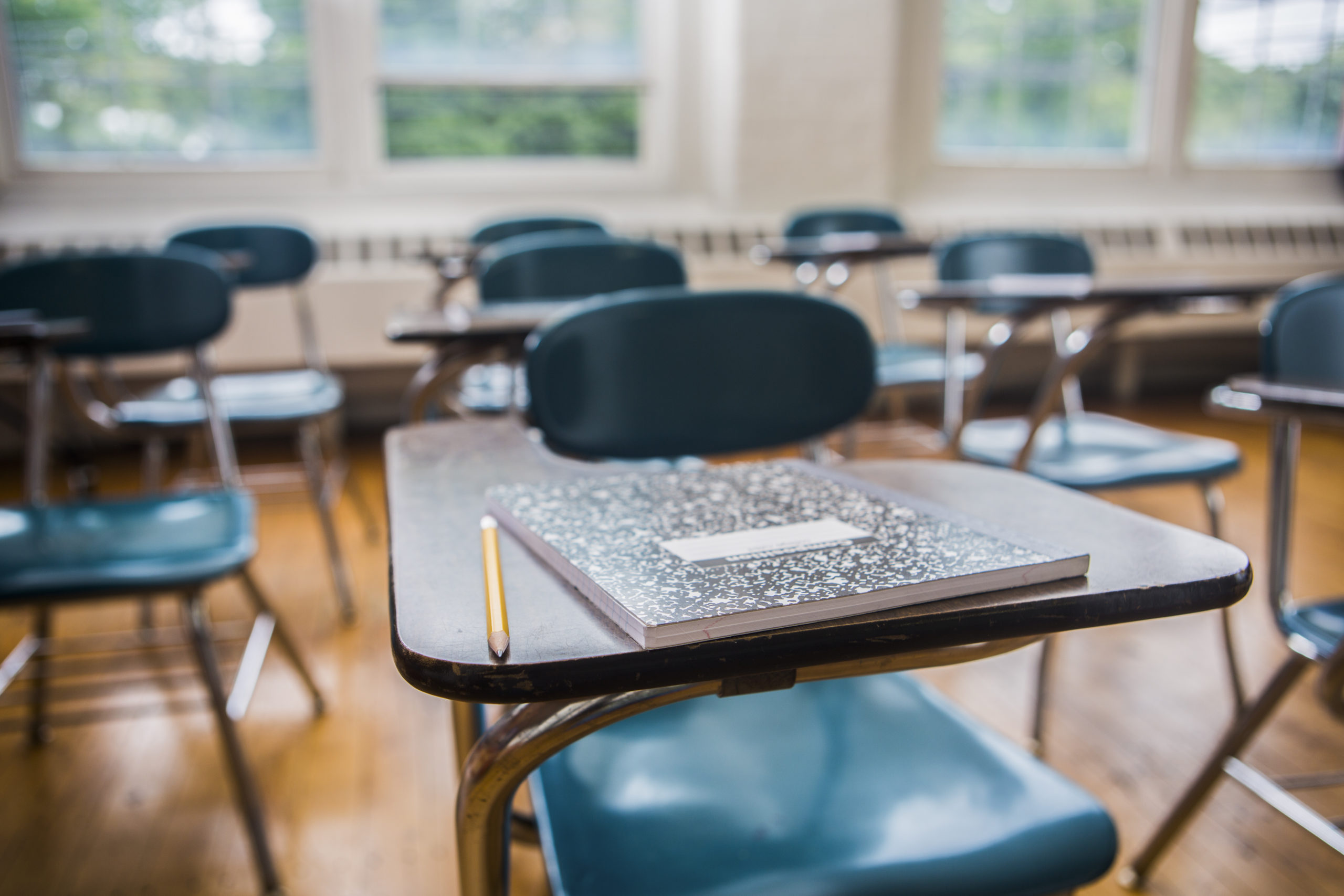Abortion rights, women of color, and LGBTQIA+ people are under attack. Pledge to join us in fighting for gender justice.
A Love Letter to Quinta and Abbott Elementary
What we see on Abbott Elementary
Quinta Brunson is letting us know she’s that girl with the successful debut of Abbott Elementary. She created a show that both humanizes Black kids, showcases a healthier school community, and highlights the historical lack of investment in schools that have a majority of Black and brown students.
To see Black kids be themselves on TV hits me in my heartstrings. To see Black students in an under-resourced Philadelphia school being treated with respect and encouraged to be authentic is history-making.
Beyond rookie teacher Janine Teagues, the mockumentary series follows a diverse cast of teachers and staff who all share the love and care for their students’ well-being. Well…maybe not-so-much Principal Ava, hilariously played by Janelle James.
There’s a whole genre of TV shows and movies dedicated to white saviorism where white teachers swoop down to save inner-city Black and brown students with poems and dramatic monologues. Black girls are often dubbed as the “loud ones,” deserving constant punishment for being “disrespectful” or “talking back.”
From the first episode, Abbott Elementary rejects the popular “white savior” trope and flips it around where the responsibility is on teachers to culturally get to know and understand their students. We cringe as Jacob learns the ins and outs of roasting that’s later incorporated into his history lesson. We also see this when Gregory acts less like a robot, learning how to connect more with his students to make their learning enjoyable. And ultimately raises their test scores.
No adults are shown constantly fussing, yelling, threatening detention or expulsion, nor repeatedly telling students they need to “pull their pants” up or cover up their arms and legs. Instead Abbott Elementary’s students are given autonomy over their thoughts and ideas in the classroom that enables them to feel supported at school.
We witness seasoned teachers, Barabara Howard and Melissa Schemmenti, passing the baton to younger, less experienced teachers needing support in navigating their classrooms. I’ve met real-world iterations of Mrs. Howard and Ms. Schemmenti, where respect is clearly mutual with their students but it’s less common to meet these teachers on TV.
Janine’s sweet demeanor and serial optimism can be a bit much, but she seems to always find a way to advocate for better conditions for her school’s community. She allows one of her students to take naps on the rug because of their home situation, normalizes different learning abilities, and uses alternatives to punishment.
What typically happens in schools
In the real world, Black girls face the greatest barriers receiving a quality education. We can usually tell by a school’s climate whether the environment is safe and supportive for learning.
Schools with unsafe environments can stunt students’ social emotional learning. Social emotional learning is the process of developing positive mindsets and social skills that lead to academic, professional, and social success. This is vital for healthy emotional regulation and decision making leading into adulthood.
A safe, welcoming, and supportive school environment includes caring adults who listen and give students space to learn, grow, and be young people; partners with the community; and provides resources that allow students to succeed in school and beyond.
Black girls face extra scrutiny and punishment, often encountering racist and sexist rules, like hair and dress codes, that target their cultural identity. Our report we co-wrote with The Education Trust, “…and then they cared”, finds that Black girls are not more likely to misbehave than others, they have a higher chance of being punished than others.
School punishment like detention, suspensions, and expulsion do not improve student safety. The overuse of suspensions and expulsions force students to miss critical class time and stunts their academic achievements.
What students deserve
Students need to feel affirmed, safe and trusted while learning in their school environment. Schools need to respond to trauma with care and not punishment, especially as students grapple with the trauma, grief, and new stresses brought on by the pandemic.
Now more than ever, schools must be given the resources to be safe places for girls and all students to heal and thrive both in-person and virtually.





